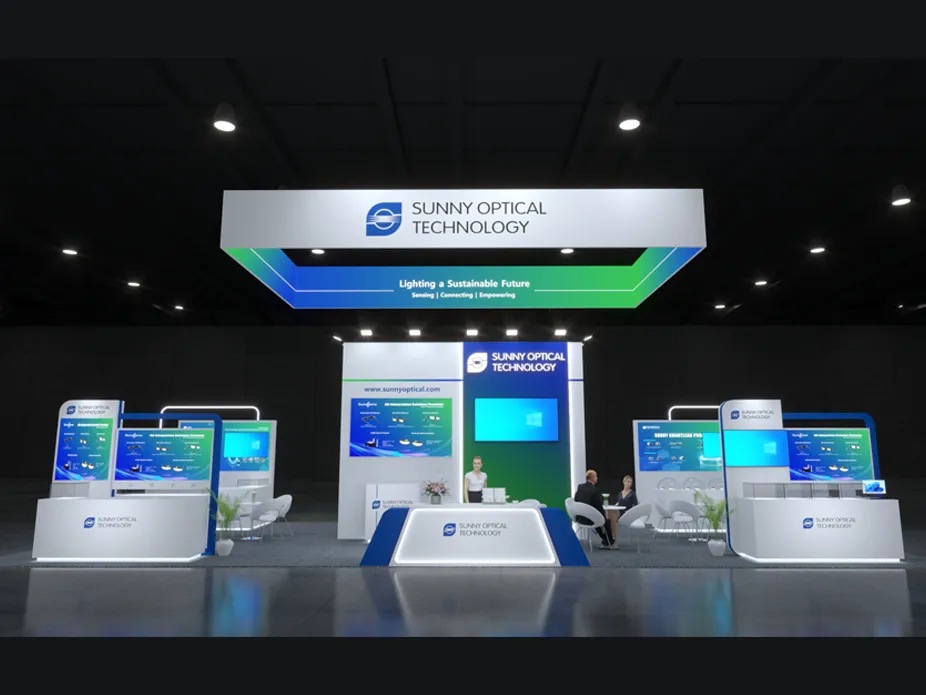The automotive industry is no stranger to technology advancements, and the latest innovation to make a significant impact is automotive LiDAR technology. LiDAR stands for Light Detection and Ranging, and it is a remote sensing technology that uses lasers to measure distances and create detailed 3D maps of objects and their surroundings. The application of LiDAR technology in the automotive industry has been a game-changer, particularly for the development of autonomous vehicles. In this article, we will explore how automotive LiDAR technology is changing the auto industry.
One of the primary benefits of automotive LiDAR technology is its ability to improve safety features in vehicles. LiDAR sensors provide accurate and real-time data on the vehicle's surroundings, which is essential for autonomous vehicles. With this technology, vehicles can detect objects and obstacles in their path and adjust their movements accordingly. This feature can prevent accidents caused by driver error, and with the development of self-driving cars, it can help to eliminate human error entirely.
LiDAR sensors can detect objects that are difficult for humans to see, such as small objects or objects in low-light conditions. This feature can be particularly useful for vehicles driving in inclement weather or low-light conditions, where visibility can be a challenge. With improved safety features, automotive LiDAR technology can help to reduce the number of accidents on the road and make driving safer for everyone.
The development of autonomous vehicles is one of the most significant advancements in the auto industry, and LiDAR technology has played a critical role in making it possible. LiDAR sensors provide accurate data on the vehicle's surroundings, which is necessary for self-driving cars to navigate roads and avoid obstacles. This technology can also help to improve the efficiency of vehicles, particularly in heavy traffic.
With self-driving cars, drivers can sit back and relax while the vehicle takes care of the driving. This feature can be particularly useful for long drives or commutes, where driving can be tedious and tiring. With improved convenience, automotive LiDAR technology can make driving a more enjoyable experience, allowing drivers to focus on other tasks while on the road.
One of the biggest obstacles to the widespread adoption of self-driving cars has been the cost. Traditional LiDAR sensors are expensive, which has limited their use in mainstream vehicles. However, with the development of solid-state LiDAR technology, costs have reduced significantly. Solid-state LiDAR sensors are smaller, more reliable, and more affordable than traditional LiDAR sensors, making them more accessible to automakers.
Solid-state LiDAR technology is also more robust and less susceptible to wear and tear, which can reduce the maintenance costs associated with the technology. With reduced costs, automotive LiDAR technology can become more mainstream, making self-driving cars accessible to more people.

【Exhibition Invitation】Visit us at CES 2026!
2025-12-10

Sunny Optical Gets Group LiDAR Standard Approved, Using Innovative Optical Solutions to Unlock Key Step in Mass Production
2025-11-25
![[Exhibition Invitation] Sunny Automotive Optech Invites You to the 26th China International Optoelectronic Exposition (CIOE 2025) [Exhibition Invitation] Sunny Automotive Optech Invites You to the 26th China International Optoelectronic Exposition (CIOE 2025)](/uploads/image/20250908/首图7.webp)
[Exhibition Invitation] Sunny Automotive Optech Invites You to the 26th China International Optoelectronic Exposition (CIOE 2025)
2025-09-08

Inquiry
Excellent Customer Service Ability
Key customer manager mechanism
Oversea supporting points
Excellent Process Control Ability
Fully automated production
DMC traceability management
VDA6.3 / IATF16949 verifications
Excellent R&D Ability
Advanced technology new product development cooperation
Cost-effective optical solution proposal based on customer needs
Ecosystem resource integration